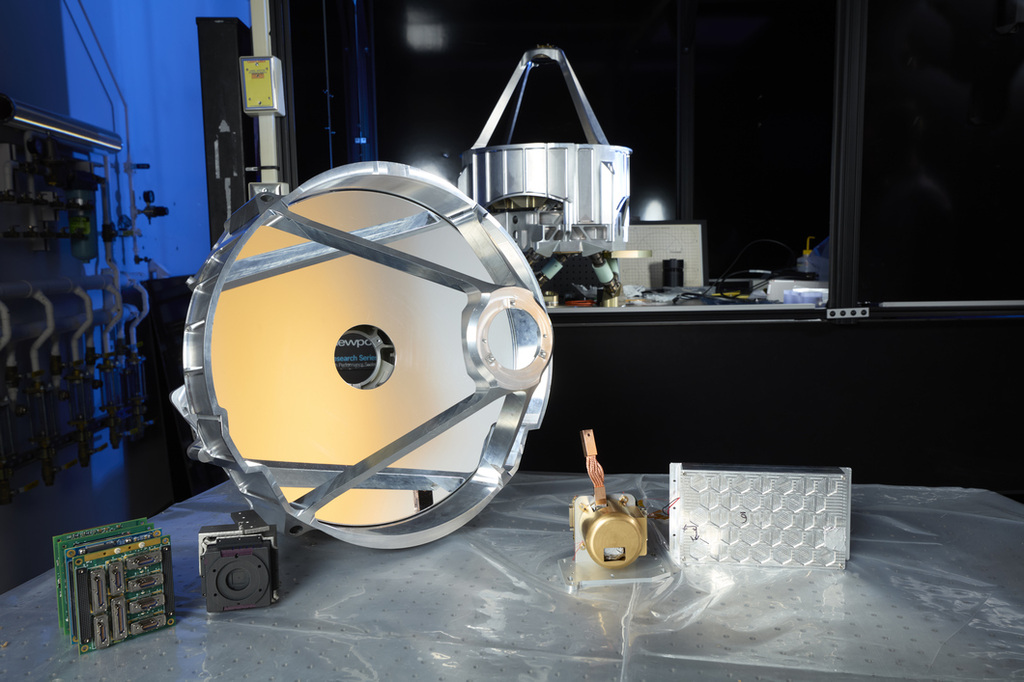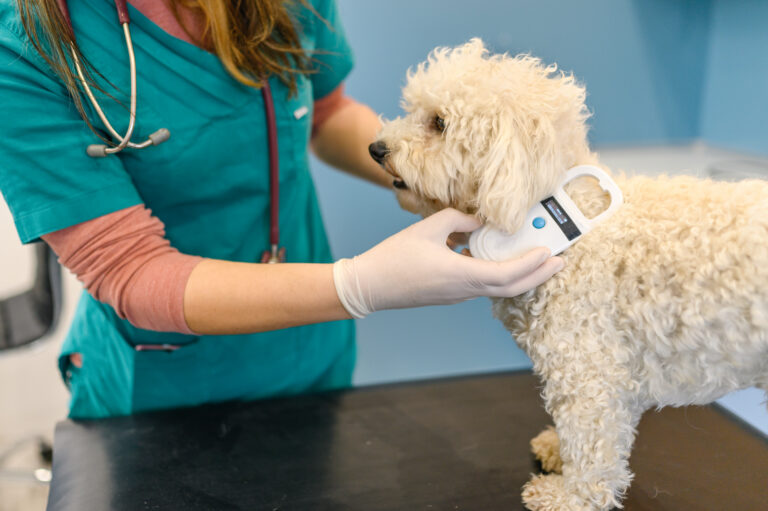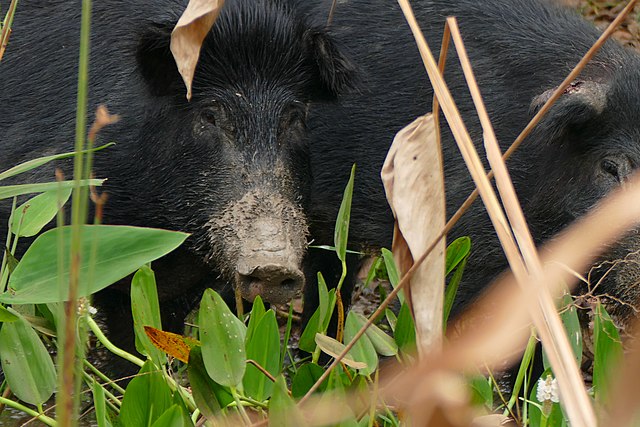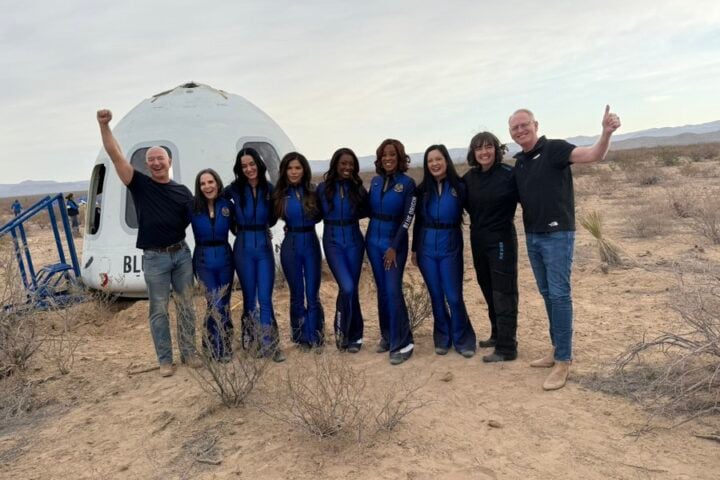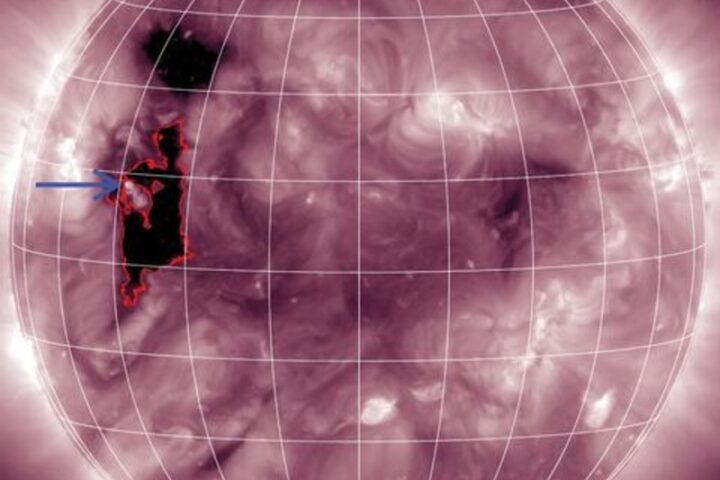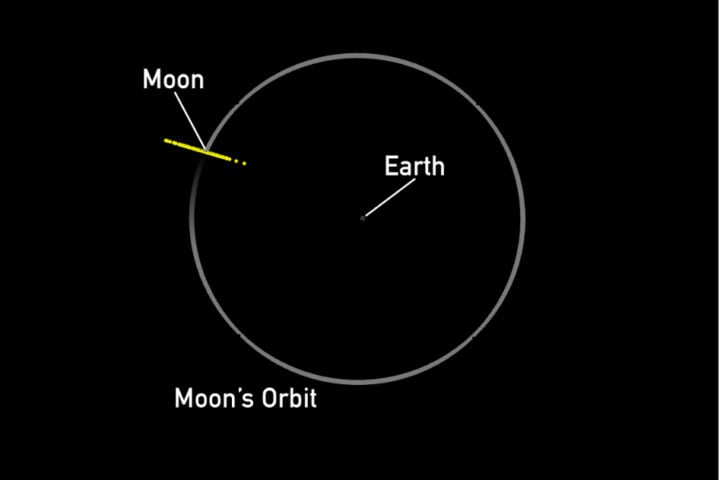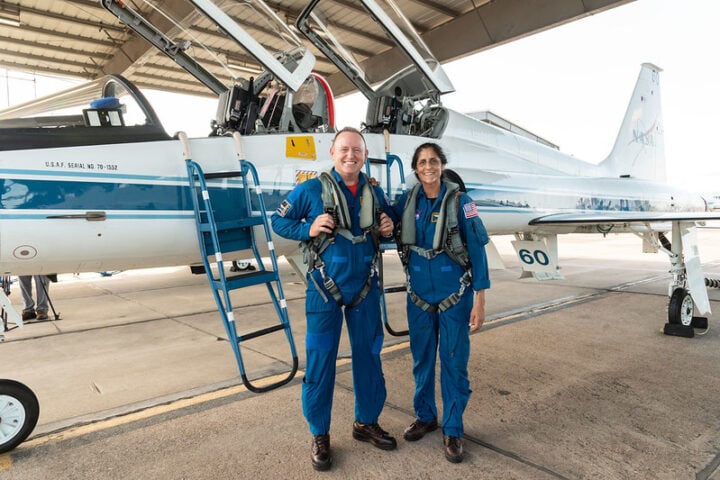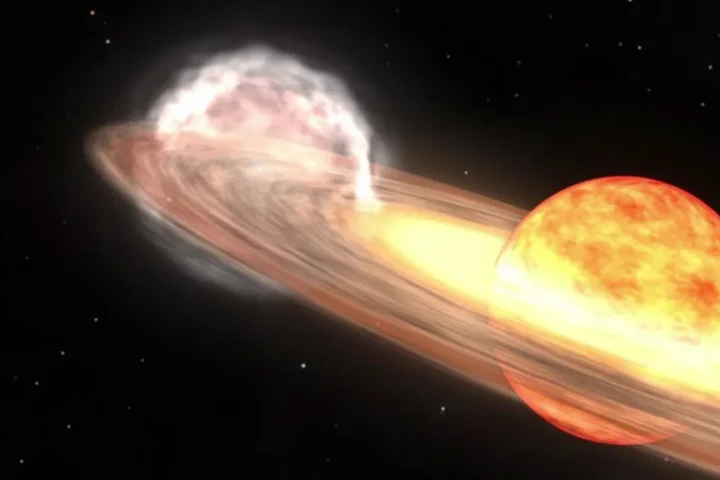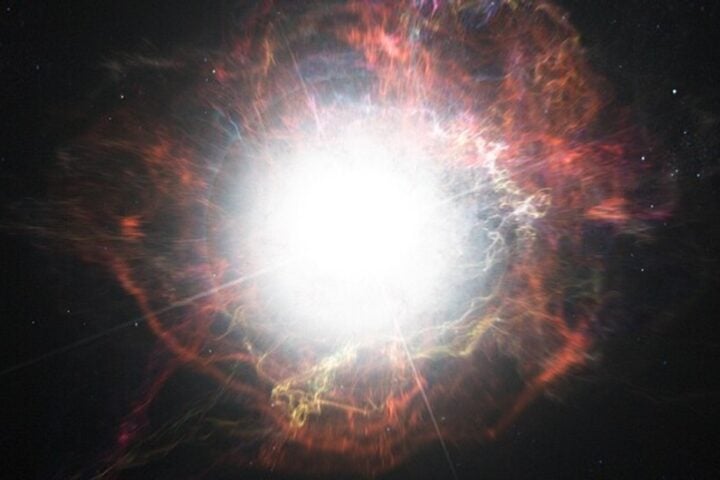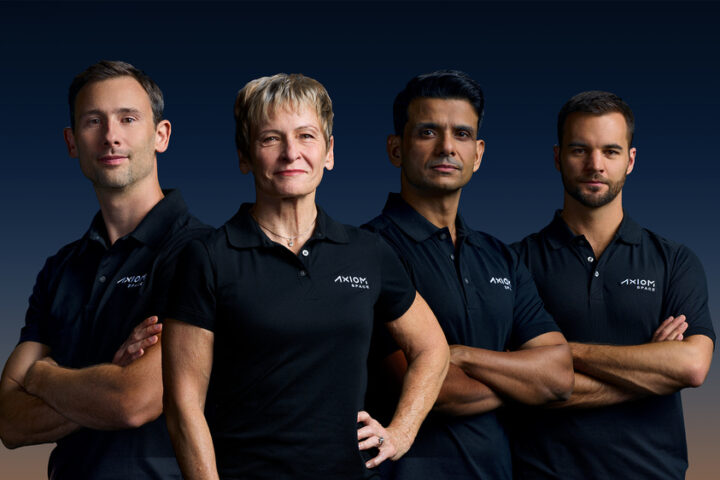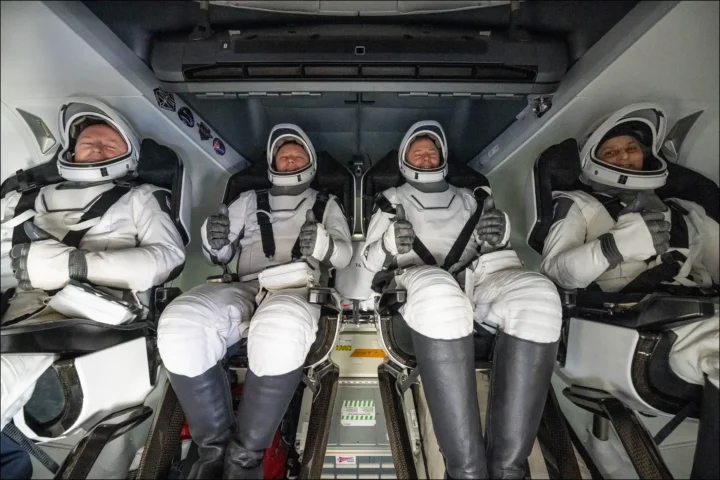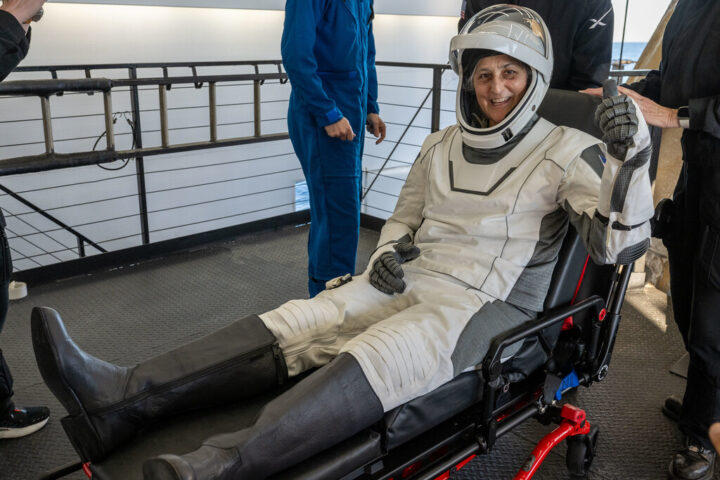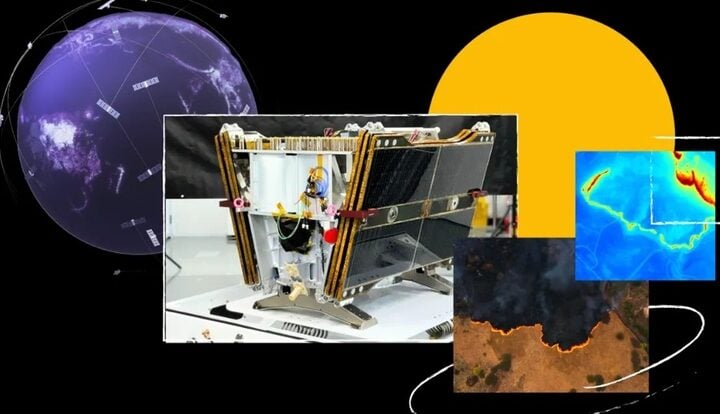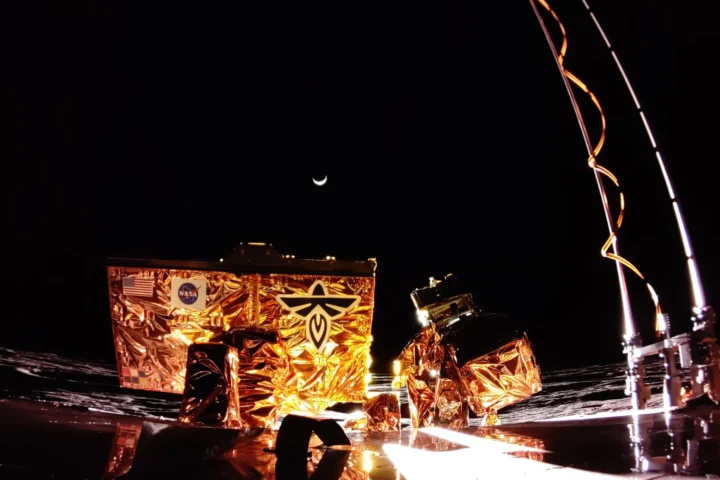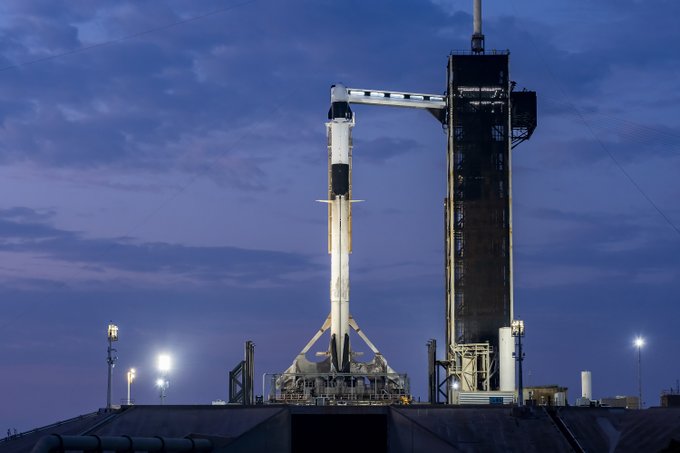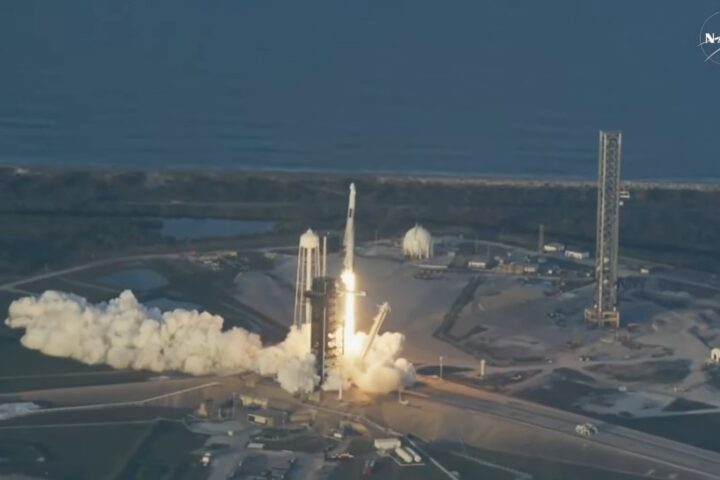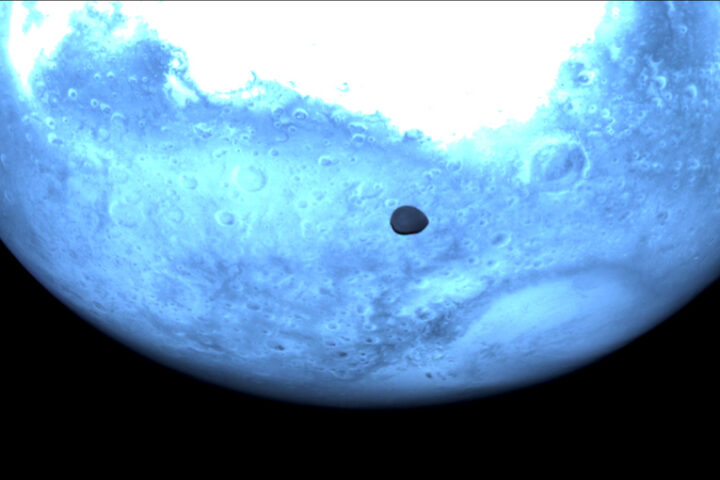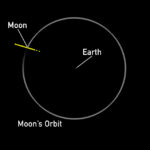NASA has named SpaceX to launch its newest space telescope, Pandora, marking a significant step forward in the study of distant worlds. The charge, set to launch as soon as September, will examine at least 20 known exoplanets and their host stars to more understand their atmospheres.
The spacecraft recently reached a pivotal corner with the completion of its machine, the core structure that houses instruments and manages essential functions like power, navigation, and communication with Earth.”This is a huge corner for us and keeps us on track for a launch in the fall,” said Elisa Quintana, Pandora’s top investigator at NASA’s Goddard Space Flight Center.
At the heart of Pandora’s technology is a 17- inch( 45- centimeter) all- aluminum telescope that will observe both visible light and near- infrared signals. What makes this particularly intriguing is that the charge’s near- infrared sensor was firstly developed as an extra for the James Webb Space Telescope, bringing proven technology to this new charge.
The telescope will observe each exoplanet 10 times, with each observation lasting 24 hours and including a conveyance period. During these transportations, starlight passing through the earth’s atmosphere carries chemical autographs that can reveal the presence of important factors like water, shadows, and atmospheric haze.
Similar Posts
” We see the presence of water as a critical aspect of habitability because water is essential to life as we know it,” explains Ben Hord, a NASA Postdoctoral Program Fellow at Goddard.” The problem with attesting its presence in exoplanet atmospheres is that variations in light from the host star can mask or mimic the signal of water. Separating these sources is where Pandora will shine.”
The launch services will be handed under NASA’s Venture- Class Acquisition of devoted and Rideshare( VADR) contract, which has a maximum total value of$ 300 million across all contracts during its five- time ordering period. The program is designed to support lower, cost-effective operations while accepting a advanced position of threat compared to traditional large- scale systems.
Pandora represents a common trouble between NASA’s Goddard Space Flight Center and Lawrence Livermore National Laboratory, funded through NASA’s Astrophysics settlers program. The charge’s findings will round the work of larger lookouts like the James Webb Space Telescope, helping to distinguish between signals from stars and their ringing globes.

The successful launch and operation of Pandora could significantly advance our understanding of distant worlds. By studying these exoplanets and their atmospheres, scientists will more understand the conditions that might support life beyond Earth, while also perfecting our capability to interpret data from other space telescopes.
NASA’s Launch Services Program at Kennedy Space Center will manage the launch operations. As a rideshare cargo, Pandora will be an ESPA Grande- class spacecraft, capable of importing up to 320 kilograms, and is designed to operate in a sun-coetaneous route.
